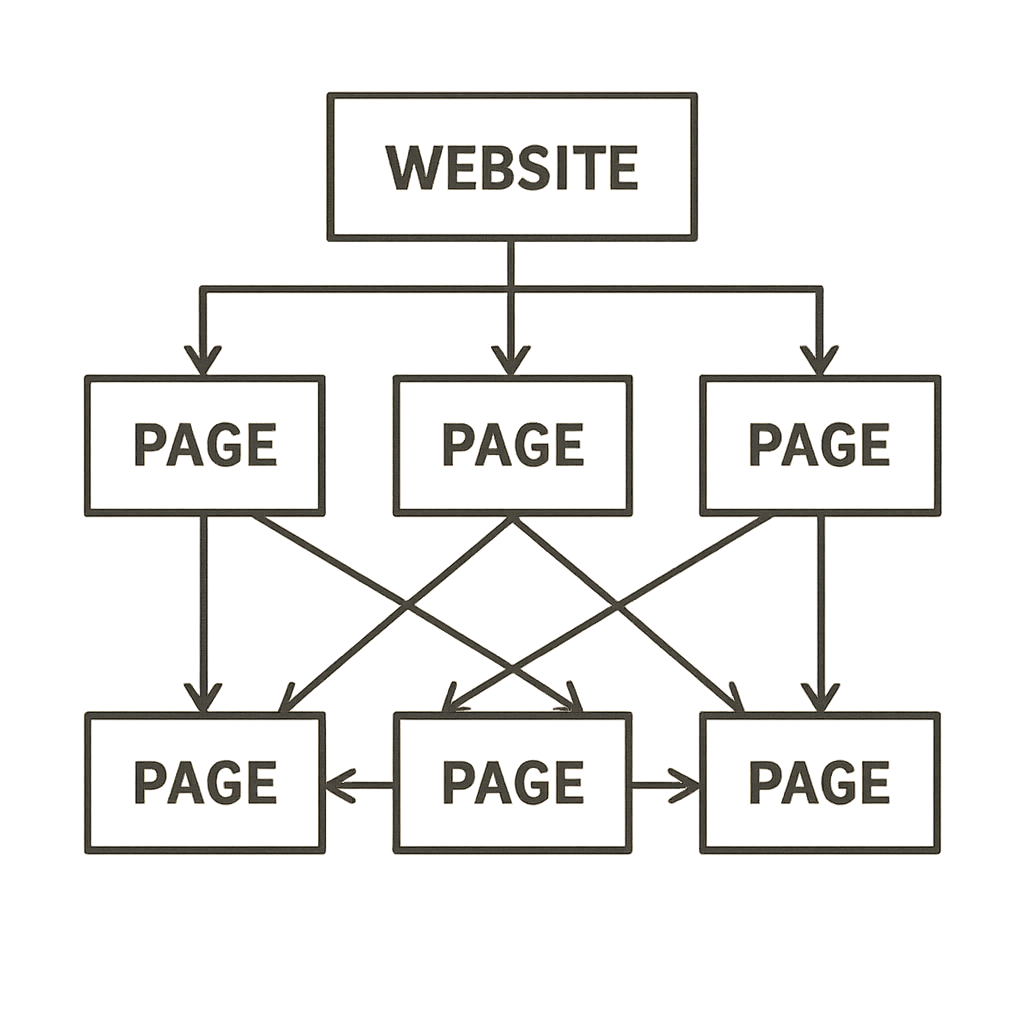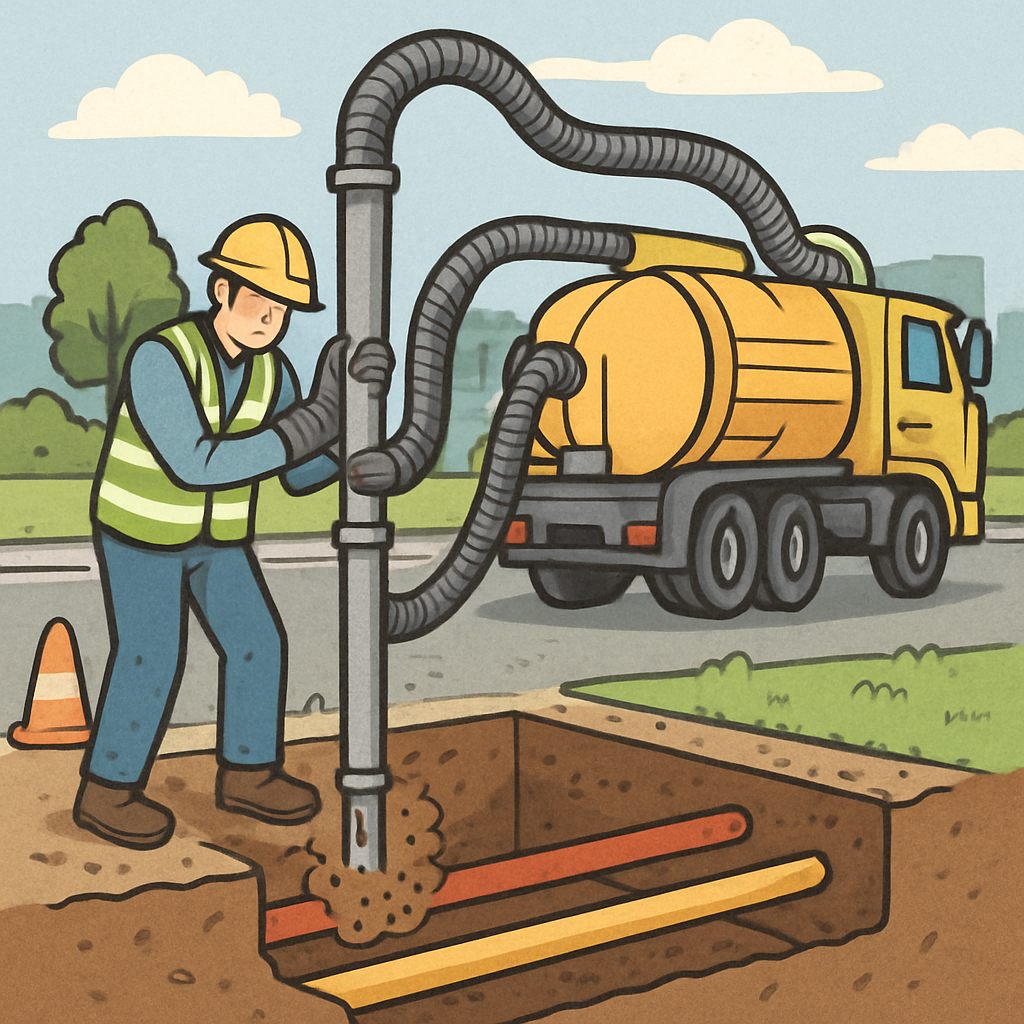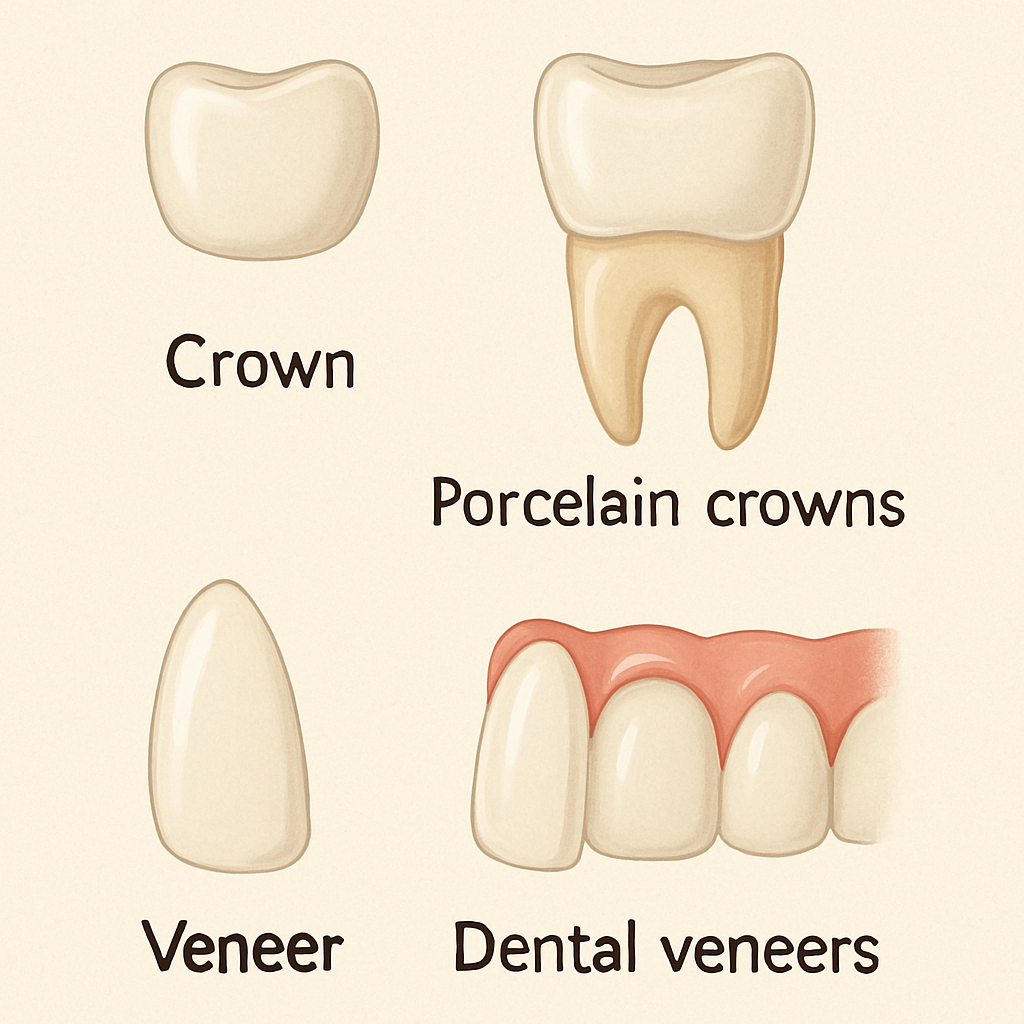Unleashing Power and Durability: The Resilience of Flooded Lead-Acid Batteries
When it comes to reliable and cost-effective energy storage, flooded lead-acid batteries have been a staple in various industries for decades. These batteries have proven their worth in powering a wide range of applications, from automotive and industrial use to renewable energy systems. In this article, we will delve into the unique characteristics, advantages, and applications of flooded lead-acid batteries, highlighting their resilience and enduring popularity in the world of energy storage.
Understanding Flooded Lead-Acid Batteries:
Flooded lead-acid batteries, also known as wet cell batteries, are constructed using lead plates submerged in a liquid electrolyte solution composed of sulfuric acid and water.
The electrolyte freely circulates within the battery, facilitating the electrochemical reactions necessary for energy storage and discharge. These batteries are designed to handle deep discharges and provide a steady flow of power over extended periods.
Key Features and Benefits:
- Cost-Effectiveness: One of the primary advantages of flooded lead-acid batteries is their affordability. Compared to other battery technologies, flooded lead-acid batteries offer a lower upfront cost, making them an economical choice for many applications, especially in industries where cost considerations are paramount.
- Deep Cycling Capability: Flooded lead-acid batteries excel in applications that require deep discharges and frequent cycling. They can be discharged to lower levels without significant performance degradation, making them suitable for renewable energy systems, backup power supplies, and off-grid applications.
- Robust and Durable: Flooded lead-acid batteries are known for their robust construction and durability. The lead plates are designed to withstand repeated charging and discharging cycles, and the robust outer casing protects the battery from external impacts and vibrations. This resilience allows flooded lead-acid batteries to operate reliably even in challenging conditions.
- High Power Output: These batteries deliver high power output, making them suitable for applications that require quick bursts of energy. They can provide the surge of power needed to start engines in automotive and marine applications, making them a popular choice for vehicles and boats.
- Recyclability: Flooded lead-acid batteries are highly recyclable, with a well-established recycling infrastructure. The lead and sulfuric acid components can be recycled and used to manufacture new batteries, reducing environmental impact and promoting sustainability.
Applications of Flooded Lead-Acid Batteries:
Flooded lead-acid batteries find widespread applications in various industries, including:
- Automotive: Flooded lead-acid batteries are commonly used as automotive starter batteries. They provide the necessary power to start engines and support electrical systems in cars, trucks, motorcycles, and other vehicles.
- Renewable Energy Systems: These batteries are utilized in off-grid and grid-tied renewable energy systems, including solar power and wind power installations. They store excess energy generated during periods of high production and supply it during periods of low production or increased demand.
- Industrial and Commercial Backup Power: Flooded lead-acid batteries serve as backup power sources for critical infrastructure, telecommunications systems, hospitals, data centers, and other industrial and commercial applications. They provide reliable power during grid outages or fluctuations.
- Marine and RV Applications: Flooded lead-acid batteries power marine vessels, recreational vehicles (RVs), and boats, providing energy for lighting, appliances, navigation systems, and propulsion.
Proper Care and Maintenance:
To ensure optimal performance and extend the lifespan of flooded lead-acid batteries, it is important to follow proper care and maintenance guidelines:
- Regular Inspection: Periodically inspect the battery for signs of corrosion, leakage, or damage. Clean the terminals and connections as needed.
- Electrolyte Levels: Check and maintain proper electrolyte levels by adding distilled water when necessary. Avoid overfilling or underfilling the battery cells.
- Charging: Utilize an appropriate charger specifically designed for flooded lead-acid batteries. Follow the manufacturer’s guidelines for charging voltage and duration to prevent overcharging or undercharging.
- Ventilation: Ensure proper ventilation in the battery storage area to dissipate any potentially harmful gases emitted during charging or discharging.
Conclusion:
Flooded lead-acid batteries continue to be a reliable and cost-effective energy storage solution for a wide range of applications. Their resilience, deep cycling capability, high power output, and affordability make them a preferred choice in automotive, industrial, and renewable energy sectors.
By understanding their unique characteristics and following proper maintenance practices, flooded lead-acid batteries can deliver dependable power and prove their worth in various demanding applications. Embrace the power of flooded lead-acid batteries and harness their enduring reliability for your energy storage needs.







